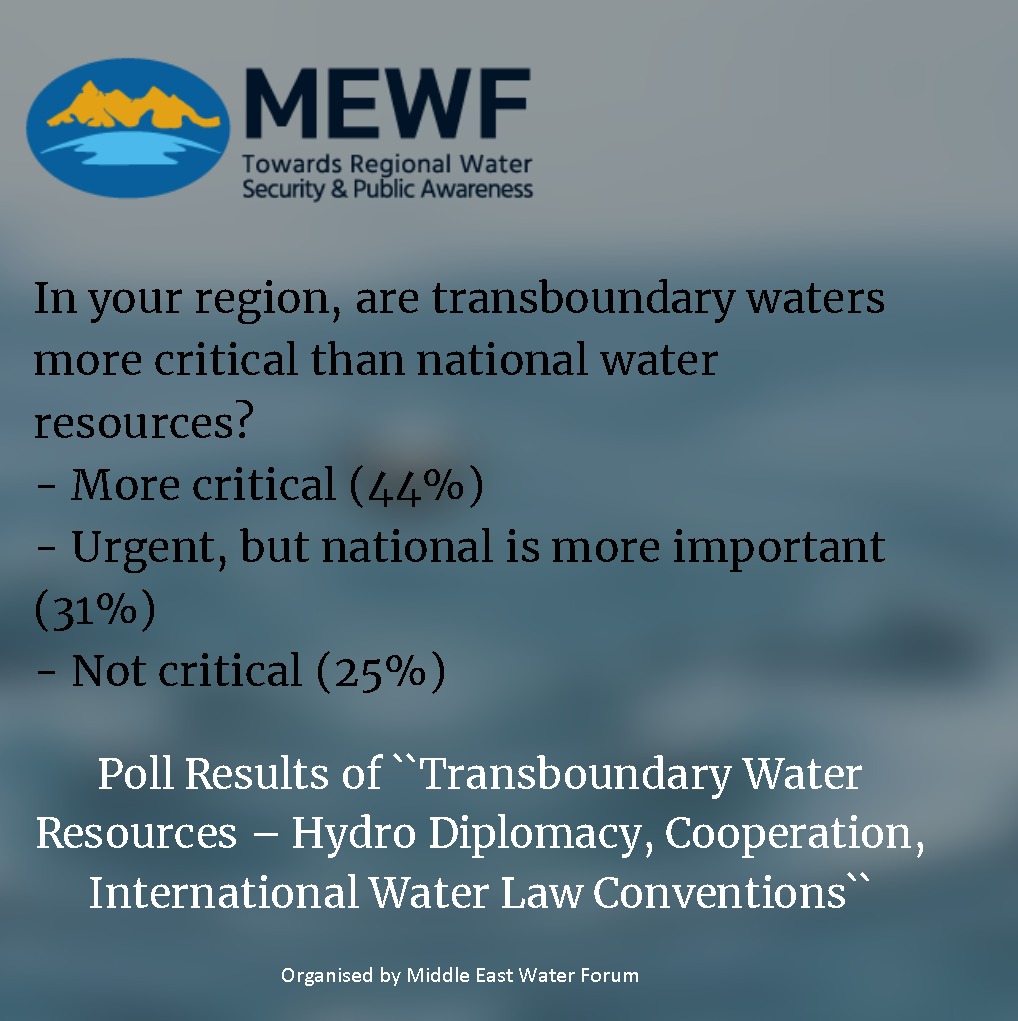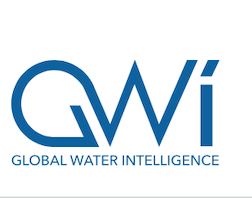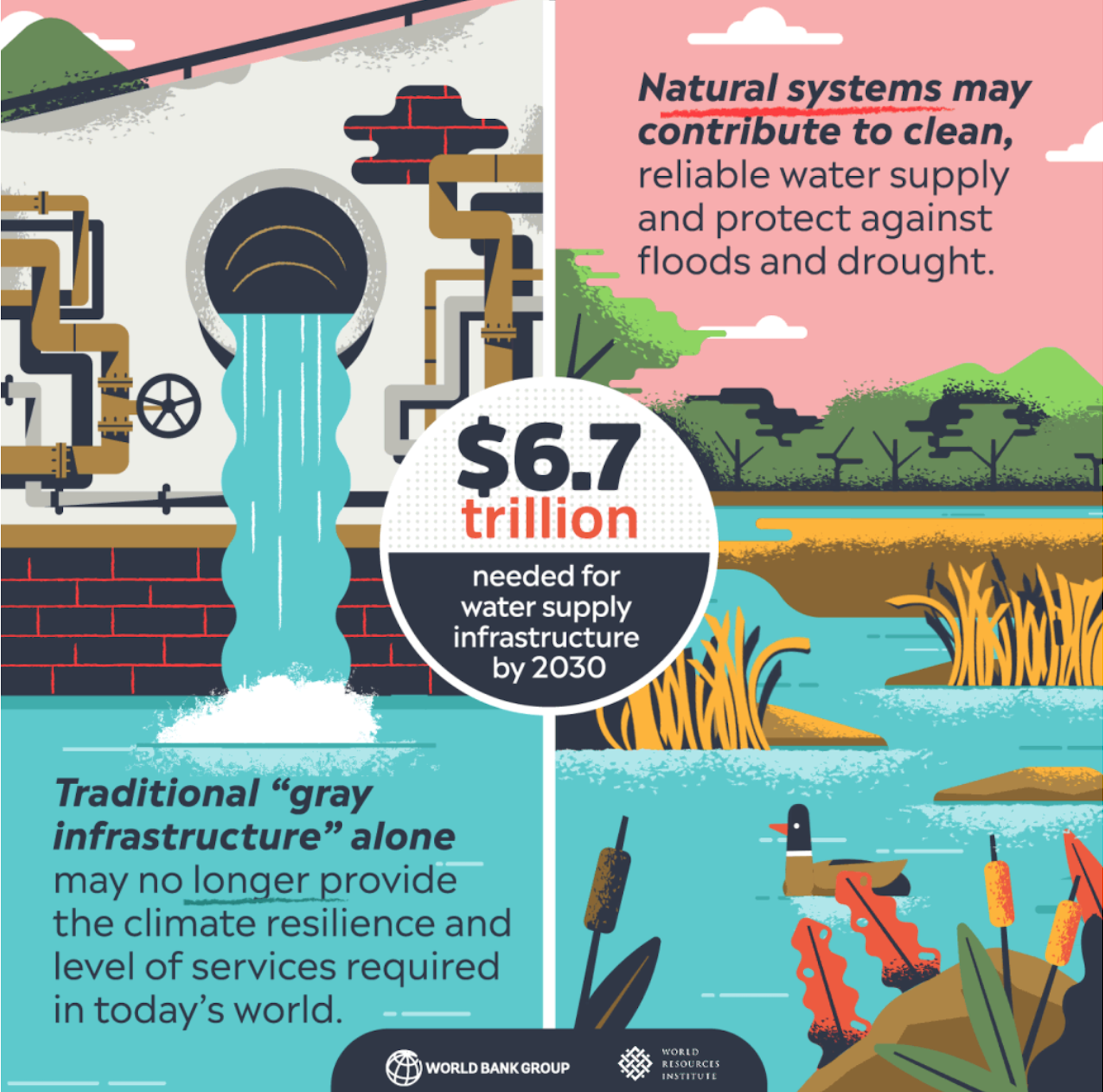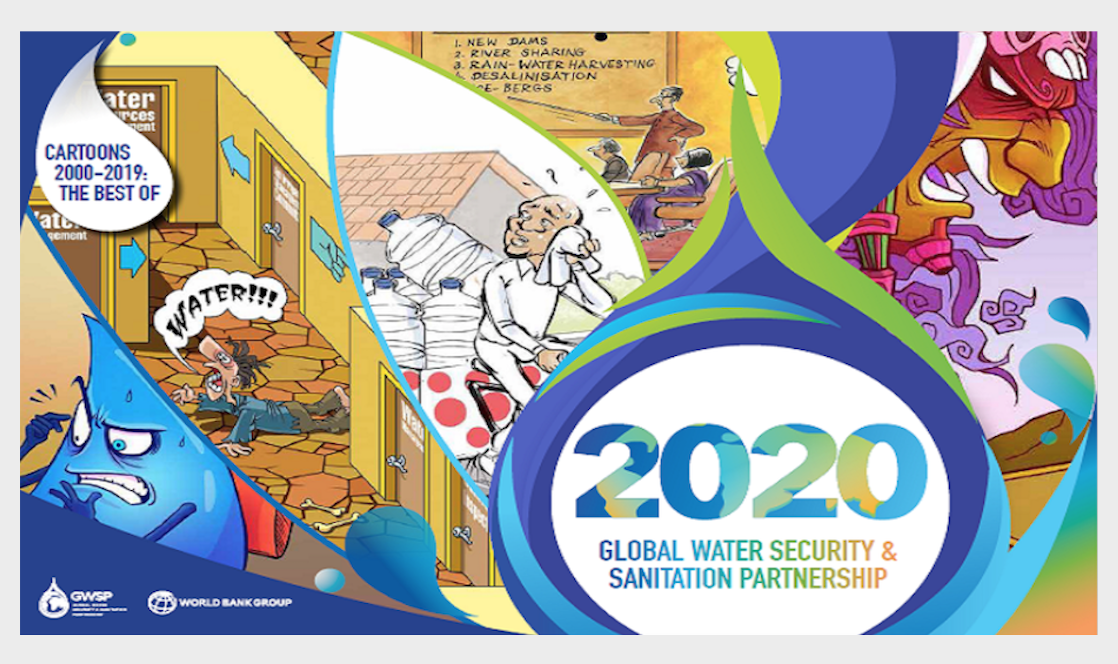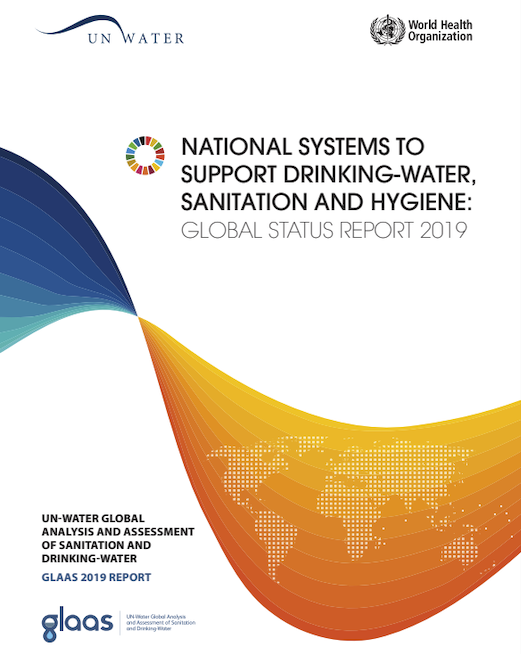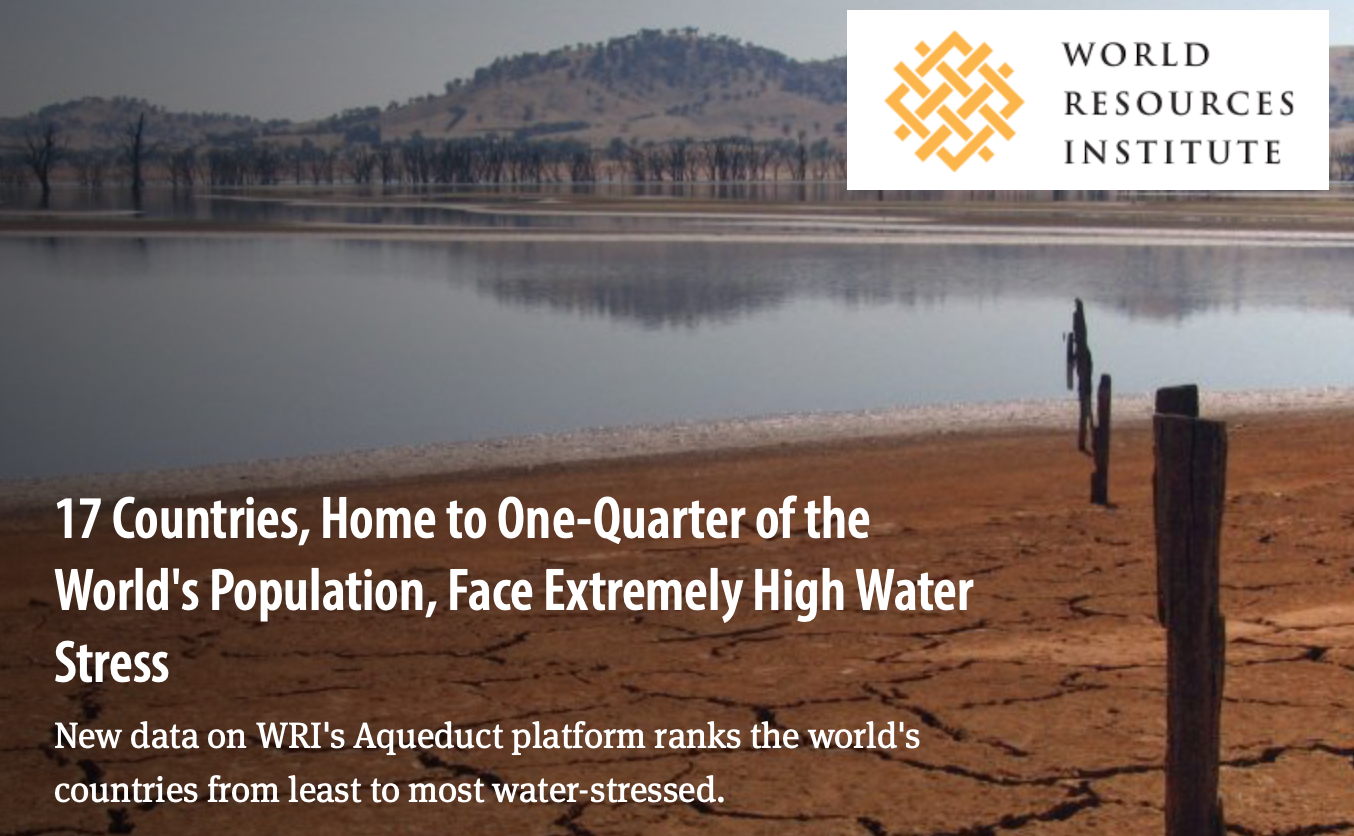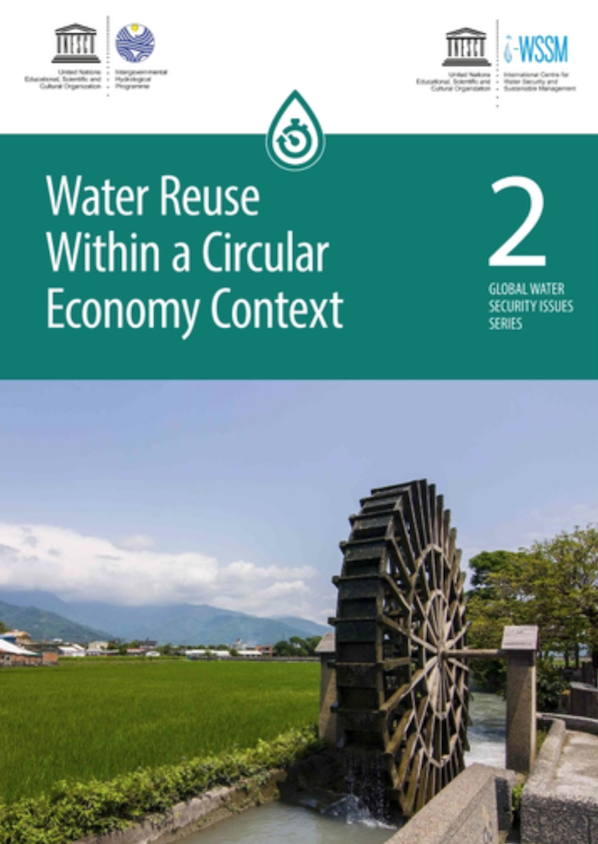Reuse in Jordan Valley: Compliance with the 2006 WHO Guidelines by Sameer Abdel-Jabbar

The presence of E. coli in a water sample will often (but not always) mean that other excreta-related pathogens are also present. However, it is easier to measure E. coli concentrations and assume that it represents a group of similar pathogens than to measure concentrations of individual pathogens. E. coli is one type of fecal coliform that is present in large numbers in the feces and intestinal tracts of humans and other warm-blooded animals, and can enter water bodies from human and animal waste. Fecal coliform by themselves are usually not pathogenic. Four types of biological health risks associated with use of treated wastewater viruses, bacteria, protozoa, and intestinal nematode.
 adel-alobeiaat
adel-alobeiaat
great effort.. there is a potential to increase this barrier reduction through protection
 hassan-aboelnga
hassan-aboelnga
Great article. Many thanks for sharing it
 dr-hazim-el-naser-1
dr-hazim-el-naser-1
Thanks a lot for enlightening us, I think JVA and MOA should be fully aware of this important article








